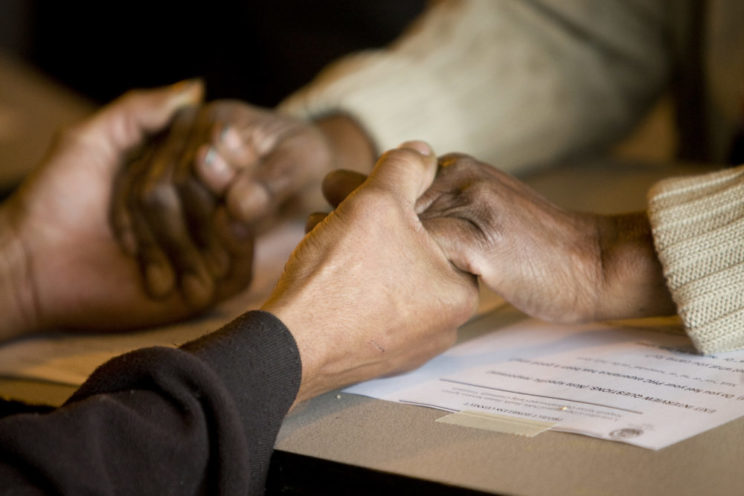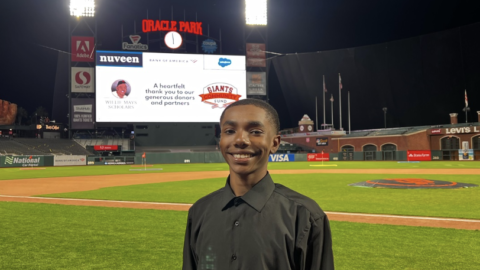Nearly half of all homeless people who are 50 years or older became homeless after they turned 50.
This is the dismaying truth revealed by a study conducted by Margot Kushel, professor at UCSF. As reported by the San Francisco Chronicle on March 8, a separate study further projected that the elderly homeless population will triple over the next decade.
The chronic shortage of affordable housing, exorbitantly high cost of living in the Bay Area, as well as a threadbare safety net for seniors contribute to the crisis.
Teresa Friend, Director and Managing Attorney of the Justice & Diversity Center’s Homeless Advocacy Project (HAP) confirms the findings sound all too familiar: Of the clients for whom HAP provided at least some representation in 2018, 62% were 50 years or older. 27%, more than a quarter of HAP clients, were 60 years or older.
In the Chronicle article, Kushel explains that the stories of elderly homeless people often follow a familiar pattern: A person works for much of their life, living from paycheck to paycheck, unable to save much money, and then an injury or other unexpected tragedy strikes. Unable to work or find an affordable place to live, they become homeless.
The problem has become much more acute in recent decades. Twenty years ago, adults over 50 only made up 11% of the homeless population. Today, the percentage is 50%, the UCSF study found.
The coming wave of elderly homeless people is not only a tragedy but an expensive burden on emergency rooms, clinics, hospitals, and other facilities that serve the poor. Elderly homeless people have health problems far worse than their housed peers. Homelessness can “dramatically impact those without stable housing, causing individuals to age prematurely by 10 to 20 years beyond their chronological age.”
Read more about the UCSF study and first-hand accounts from homeless seniors in the San Francisco Chronicle article, “Aging onto the street.”
————–
HAP provides legal services and supporting social services to individuals and families in San Francisco who are homeless or at imminent risk of homelessness, while prioritizing individuals who have mental health disabilities.




